
AeroGenie: Su copiloto inteligente.
Tendencias
Categories
Boeing to Move Super Hornet Service Life Modification Work
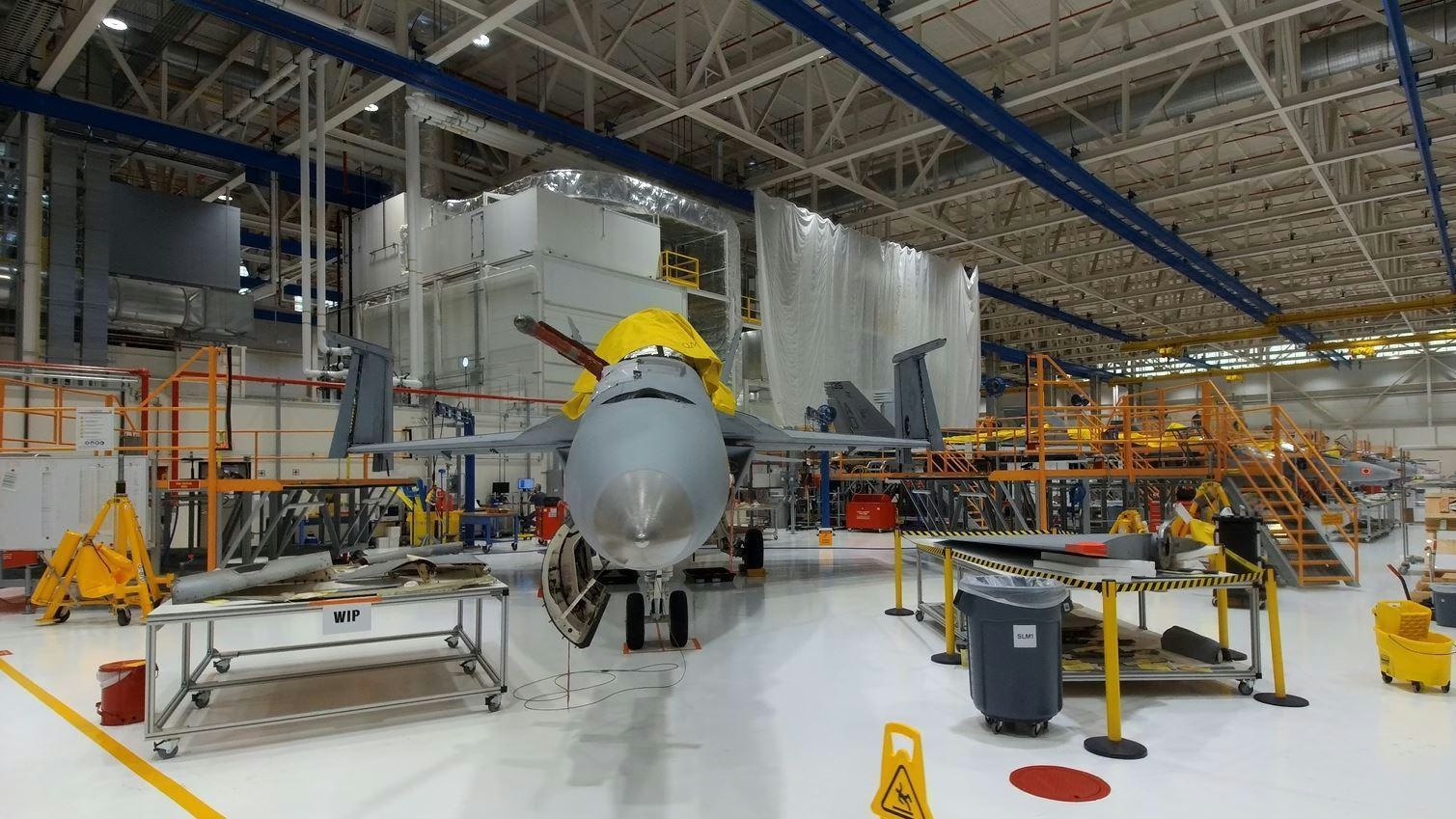
Boeing to Relocate Super Hornet Service Life Modification Work Amid Strategic Expansion
Boeing has announced plans to relocate its F/A-18 Super Hornet Service Life Modification (SLM) operations from the St. Louis region, with work scheduled to conclude there by 2027. This decision forms part of a broader strategic initiative to expand and realign the company’s capabilities in support of future defense programs.
Strategic Realignment and Site Evaluations
The aerospace manufacturer is currently assessing several potential locations for the transfer, including San Antonio, Texas, and Jacksonville, Florida. Boeing already performs SLM activities in San Antonio and, in collaboration with the U.S. Navy, at the Fleet Readiness Center Southwest in San Diego, California. Additional modification work is also underway in Jacksonville. Dan Gillian, vice president and general manager of Air Dominance and senior St. Louis site executive, explained that the expansion plans at the St. Louis site necessitated a multi-year strategic plan involving the relocation of certain operations. He emphasized that since Boeing is already successfully conducting SLM work at other locations, the move is a logical step to maintain customer commitments while positioning the company for future projects.
Challenges and Economic Implications
While the relocation aims to free capacity in St. Louis for upcoming programs, it presents several challenges. The transition risks disrupting the local workforce and will require significant logistical adjustments, particularly in light of recent labor strike issues faced by Boeing. There are concerns about the potential economic impact on the St. Louis region, which has long been closely tied to Boeing’s presence. Market reactions to the announcement have been mixed; some investors express caution over possible disruptions to defense contract reliability and profitability, while competitors may see the transition as an opportunity to gain market share. The move could also have wider repercussions for the defense sector, potentially influencing defense stocks and investor confidence.
Continued Commitment to St. Louis and the Super Hornet Program
Despite the relocation, St. Louis will remain a vital hub for Boeing’s operations. The region continues to host production lines for the F-15EX fighter, the T-7A Red Hawk trainer, the MQ-25 carrier-based refueling aircraft, and various munitions, including the JDAM. In March, the U.S. Air Force confirmed Boeing’s role in designing, building, and delivering the F-47 sixth-generation fighter, providing opportunities for current SLM team members to transition to other high-profile projects.
The Super Hornet remains a cornerstone of the U.S. Navy’s strike fighter fleet, with the SLM program essential for sustaining operational readiness. The upgrades, which enhance aircraft to Block III capabilities and extend service life by 4,000 flight hours, are expected to continue into the mid-2030s. Since the program’s inception, Boeing and the Navy have increased annual inductions and improved turnaround times, with all Block II Super Hornets eligible for these enhancements.
As Boeing undertakes this transition, the company seeks to balance its long-term strategic objectives with the immediate needs of its workforce, customers, and stakeholders.
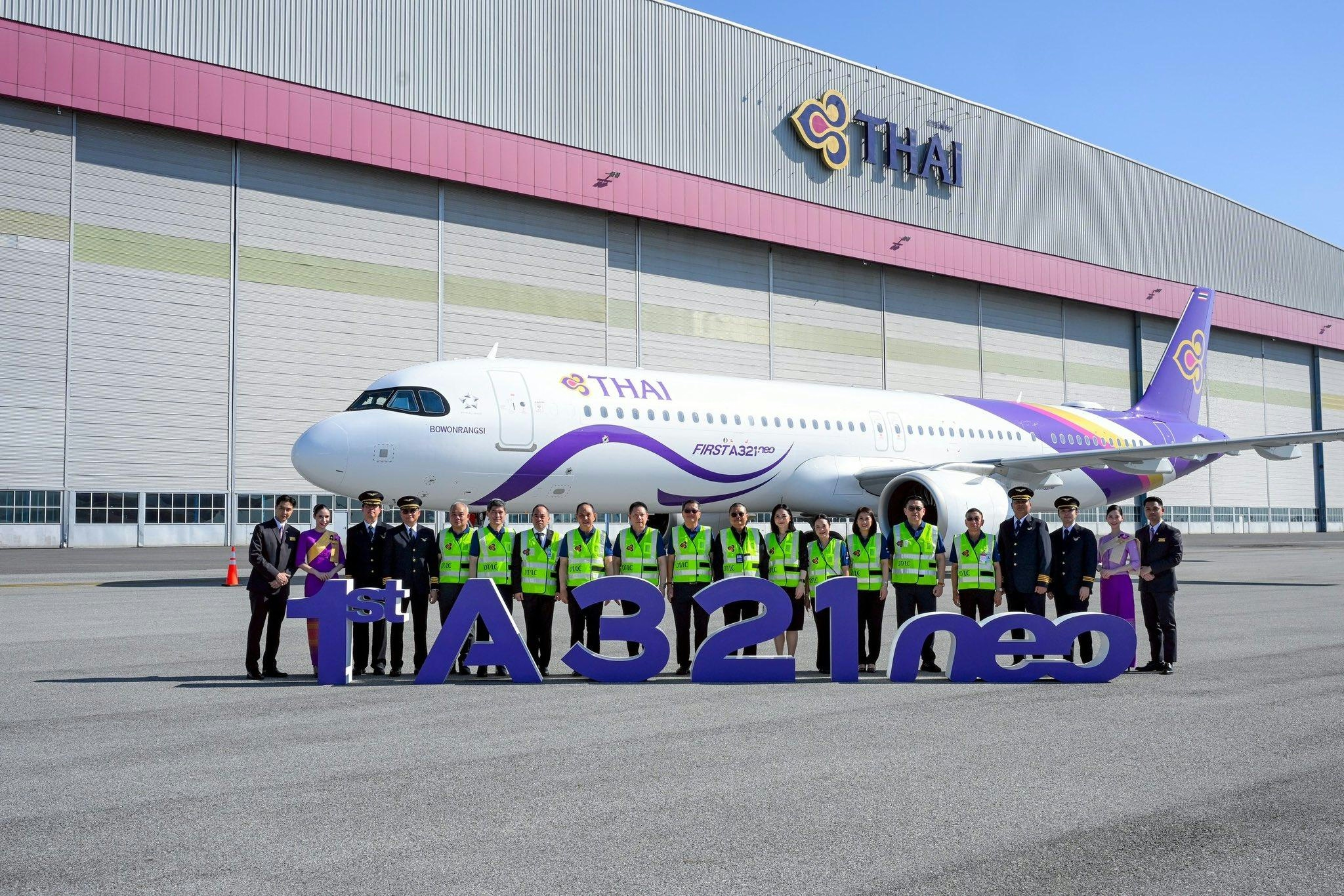
Thai Airways Receives First A321neo Aircraft
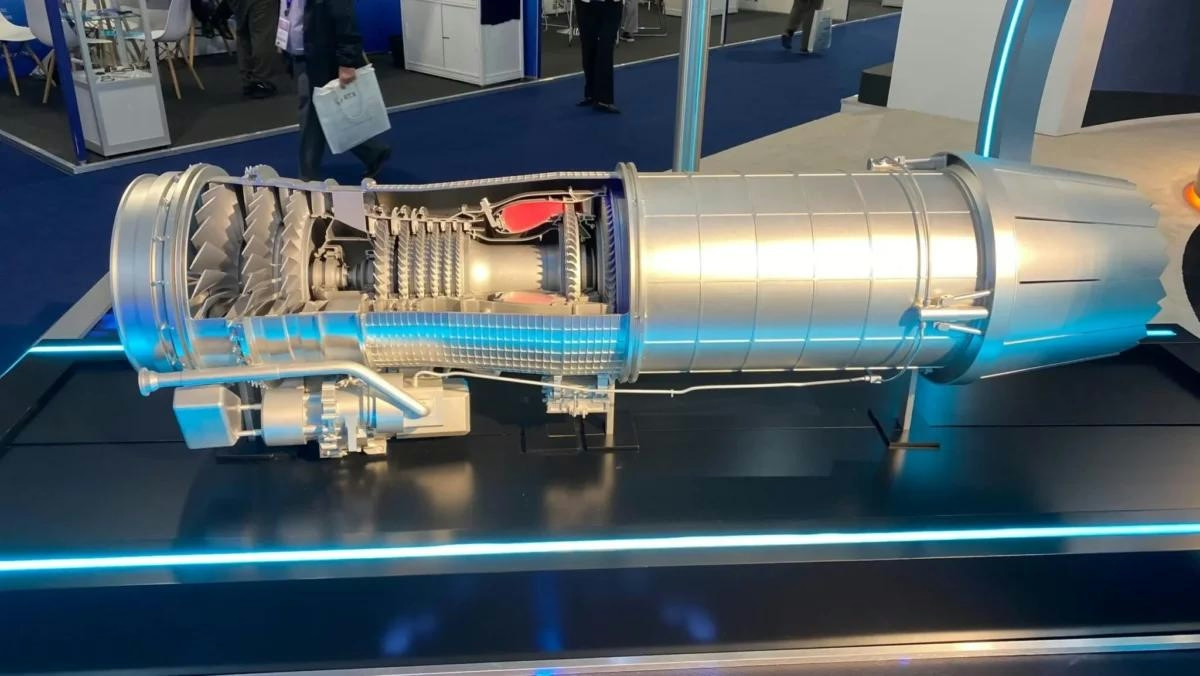
Seoul Invests 3.35 Trillion Won in New Fighter Jet Engine Development
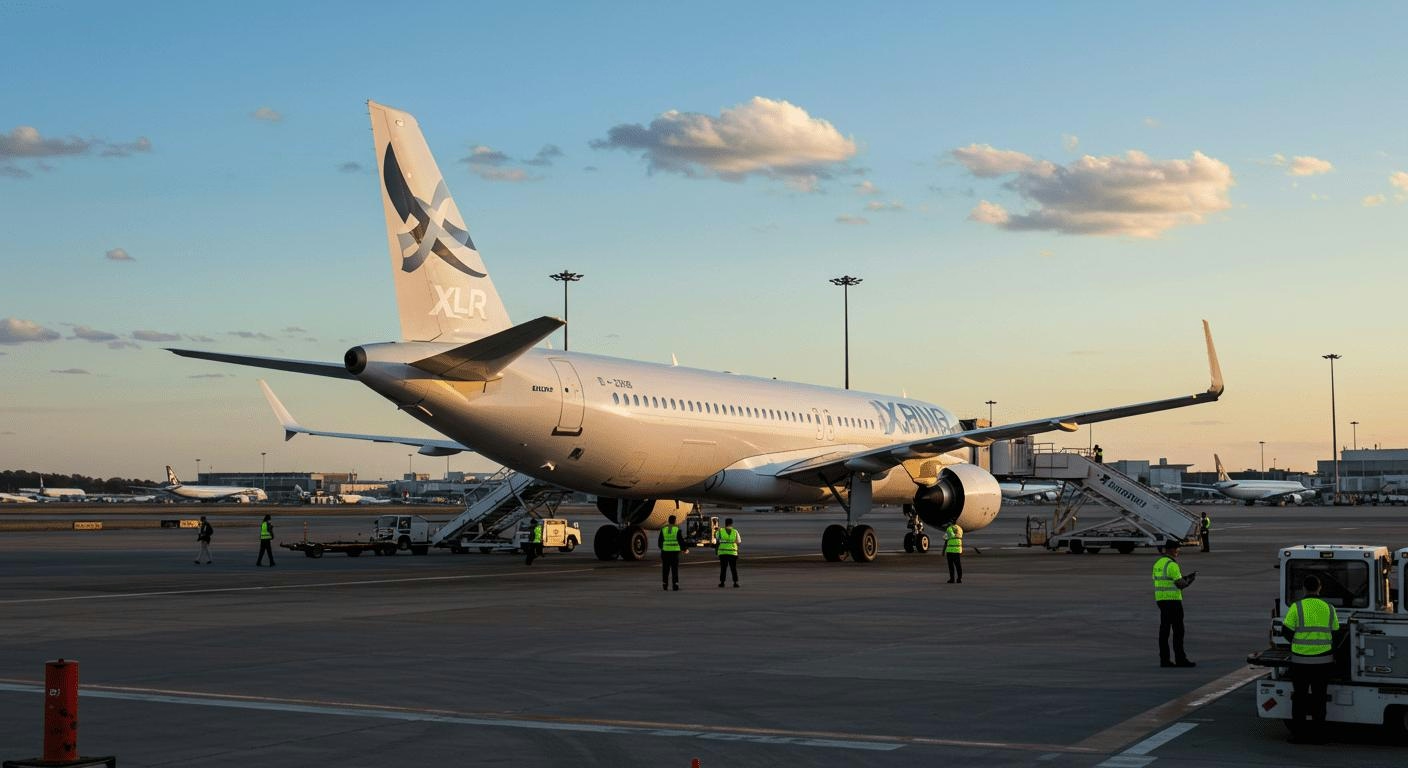
Can the A321XLR Replace Widebody Aircraft?
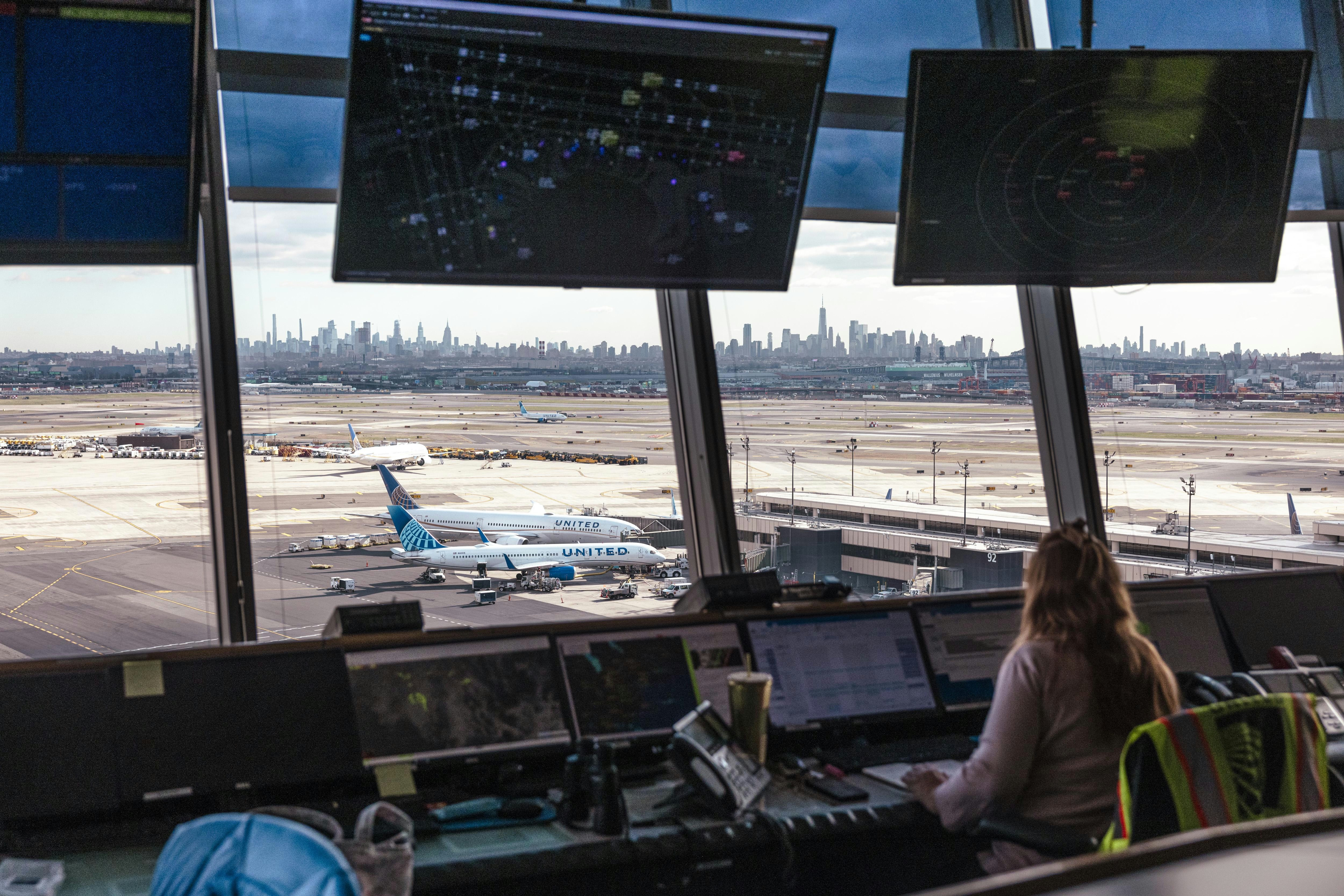
Airline Uses AI to Hold Flights for Passengers with Tight Connections

How Airlines Use AI to Set Flight Prices and What Consumers Can Do

Juniper Expands Fleet with Converted Freighter Leasing

FlyOnE Launches Air-Taxi Service to Rottnest Island
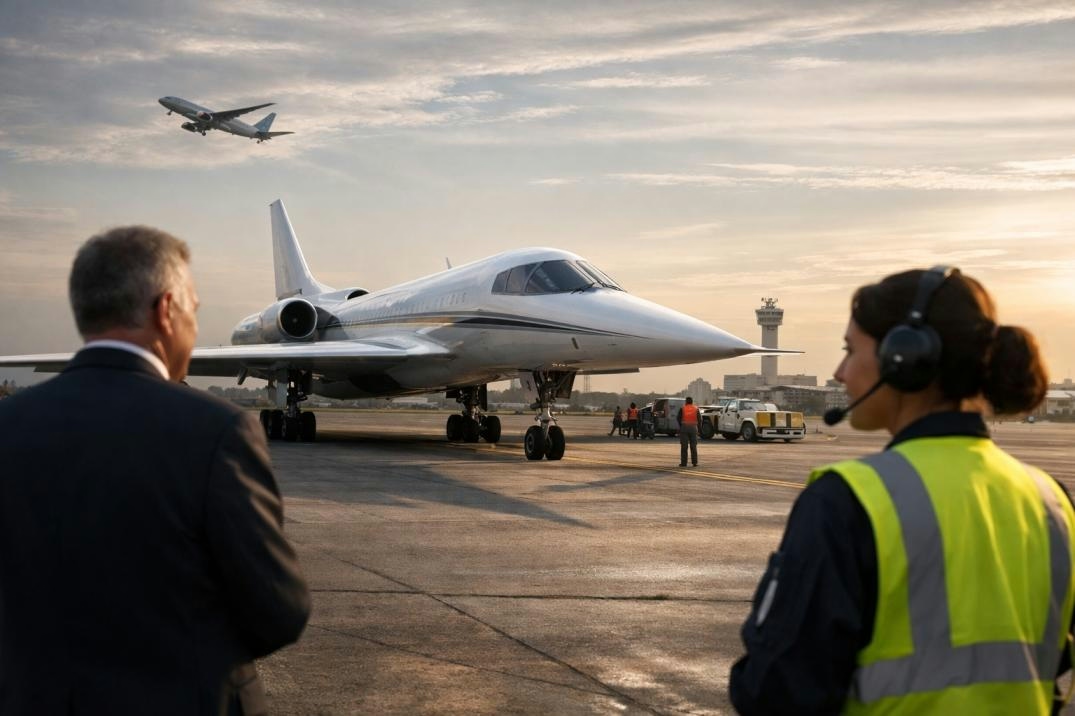
U.S. Plans to Resume Civil Supersonic Flights with Industry Support

MIT Proposes Method to Reduce Airplane Contrails and Climate Effects
